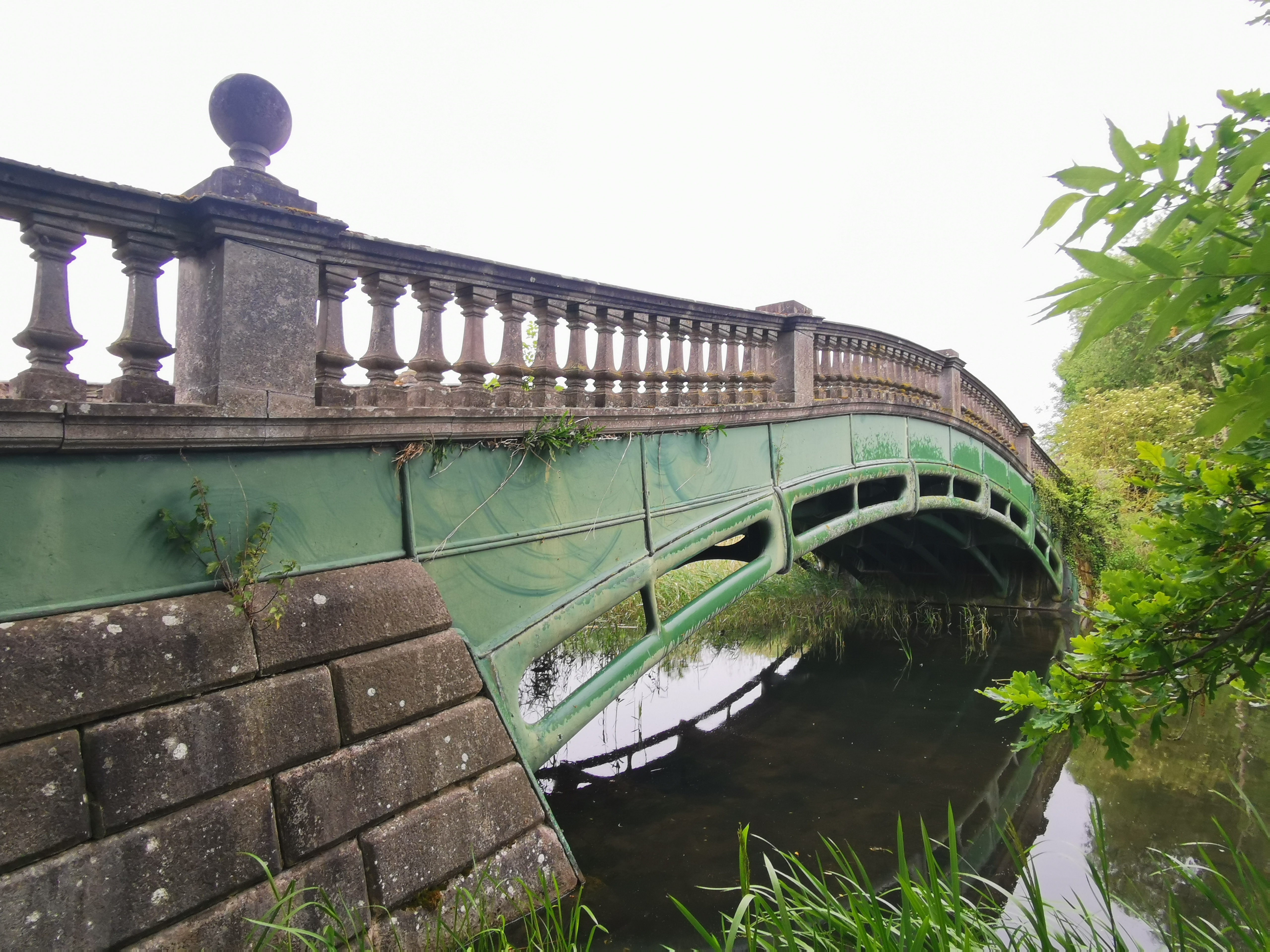Culford Park on:
[Wikipedia]
[Google]
[Amazon]
 Culford Park in Culford, Suffolk, England, is a country house that is the former seat of the Bacon,
Culford Park in Culford, Suffolk, England, is a country house that is the former seat of the Bacon,

Culford School website
 Culford Park in Culford, Suffolk, England, is a country house that is the former seat of the Bacon,
Culford Park in Culford, Suffolk, England, is a country house that is the former seat of the Bacon, Cornwallis
Charles Cornwallis, 1st Marquess Cornwallis, (31 December 1738 – 5 October 1805), styled Viscount Brome between 1753 and 1762 and known as the Earl Cornwallis between 1762 and 1792, was a British Army general and official. In the United S ...
and Cadogan families, and now it is the home of Culford School
Culford School is a co-educational independent day and boarding school for pupils age 1-18 in the village of Culford, miles north of Bury St Edmunds in Suffolk, England. The headmaster is a member of the Headmasters' and Headmistresses' Con ...
.
History of the Park
From at least 1429 the Coote family had lived at Culford and in 1524 Christopher Coote was lord of the manor. In 1540 Culford was granted by theCrown
A crown is a traditional form of head adornment, or hat, worn by monarchs as a symbol of their power and dignity. A crown is often, by extension, a symbol of the monarch's government or items endorsed by it. The word itself is used, partic ...
to the Bacon family and in 1591 Sir Nicholas Bacon built a red-brick hall on the same site as the present house. The estate passed to the Cornwallis family in 1660 and during the middle of the C18 'T Wright' (possibly Thomas Wright (1711(86), the nationally renowned landscape gardener) was employed. Wright produced a map of the park dated 1742 which shows a formal landscape of avenues, rides and vistas, through geometrically shaped blocks of woodland. Between 1790 and 1796 Samuel Wyatt
Samuel Wyatt (8 September 1737, Weeford, Staffs. – London, 8 February 1807) was an England, English architect and engineer. A member of the Wyatt family, which included several notable 18th- and 19th-century English architects, his work was prima ...
was commissioned to remodel the house for the first Marquis Cornwallis and in 1791 Humphry Repton
Humphry Repton (21 April 1752 – 24 March 1818) was the last great English landscape designer of the eighteenth century, often regarded as the successor to Capability Brown; he also sowed the seeds of the more intricate and eclectic styles of ...
(1752-1818) provided advice on landscaping the park, preparing a Red Book in 1792 (Williamson 1993). The estate remained in the Cornwallis family until the second Marquess died in 1823, by which time it had been greatly extended. Culford was sold the following year to Richard Benyon De Beauvoir
Richard Benyon De Beauvoir (1769–1854) MP was a 19th-century British landowner, philanthropist and High Sheriff of Berkshire.
Background
He was born Richard Benyon in Westminster on 28 April 1769, one of four sons and five daughters of Richar ...
and an estate map of 1834 shows the major expansion of the designed landscape on all boundaries. From circa 1839 the Rev Edward Benyon continued to embellish the estate. In 1889 the estate was sold again, this time to the fifth Earl Cadogan who commissioned the architect William Young to remodel the house in the Italian style. New stables were built, the gardens were altered and considerable additions made to the village.
Following the death of the sixth Earl in 1933 the estate was sold. The core of the park, together with the house, became the home of Culford School
Culford School is a co-educational independent day and boarding school for pupils age 1-18 in the village of Culford, miles north of Bury St Edmunds in Suffolk, England. The headmaster is a member of the Headmasters' and Headmistresses' Con ...
(bought 1935) in whose hands it remain today.
Iron bridge
Crossing the lake to West of the Hall is an iron bridge constructed bySamuel Wyatt
Samuel Wyatt (8 September 1737, Weeford, Staffs. – London, 8 February 1807) was an England, English architect and engineer. A member of the Wyatt family, which included several notable 18th- and 19th-century English architects, his work was prima ...
c.1804. The design is closely based on a bridge patented by Wyatt in 1800 and is made of channelled granite abutments from which five tubular cast-iron sections repeated six times form the 60ft span, the largest of the eight surviving cast iron bridges built between 1790 - 1810. The 80 tons of iron castings were produced by Hawks and Co of Gateshead at a cost of £1,457.
The bridge is of exceptional interest as one of the earliest bridges with an unmodified cast-iron structure to survive, and is the earliest known example with hollow ribs. The structure received a grade I listing on 15 May 1996.

External links
* *Culford School website
References